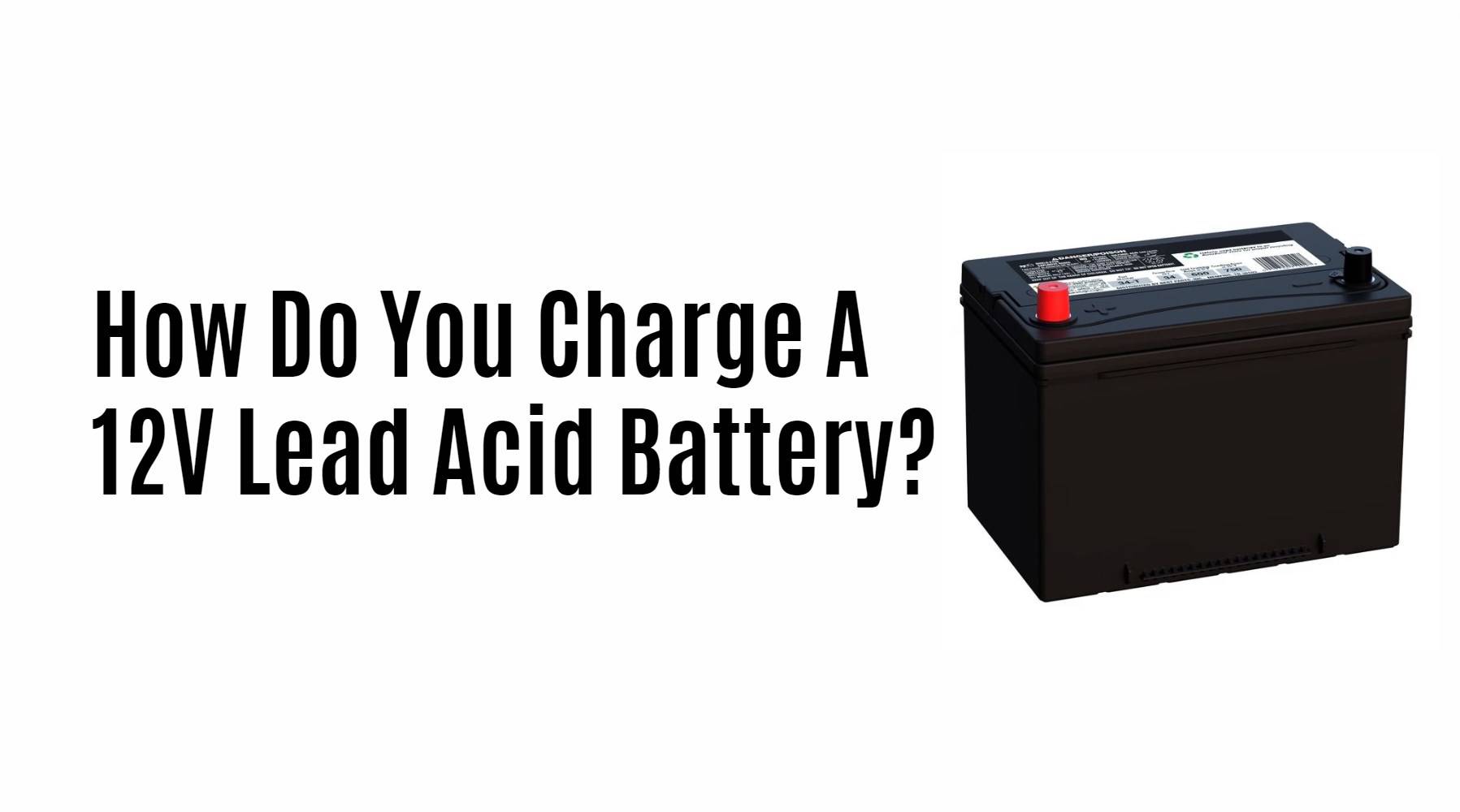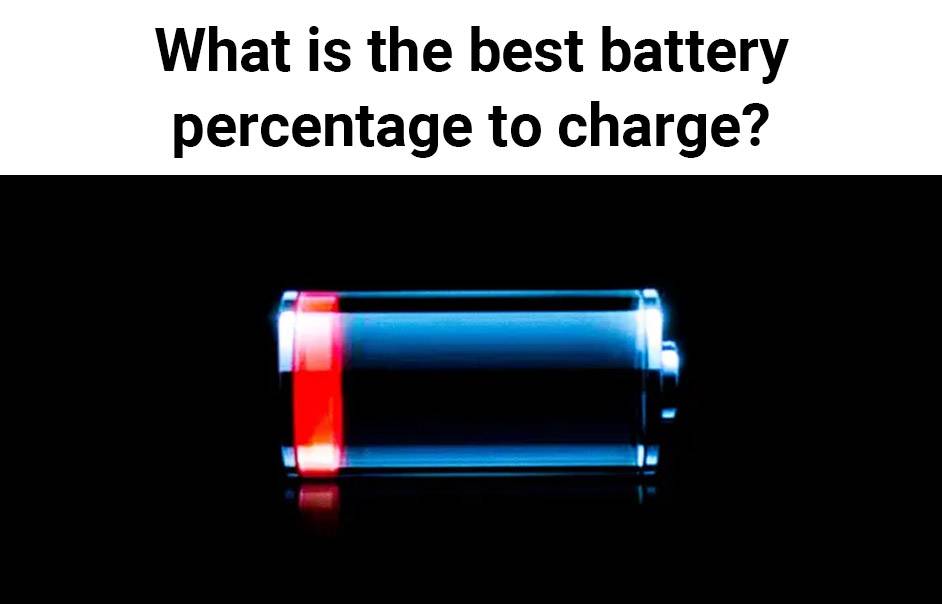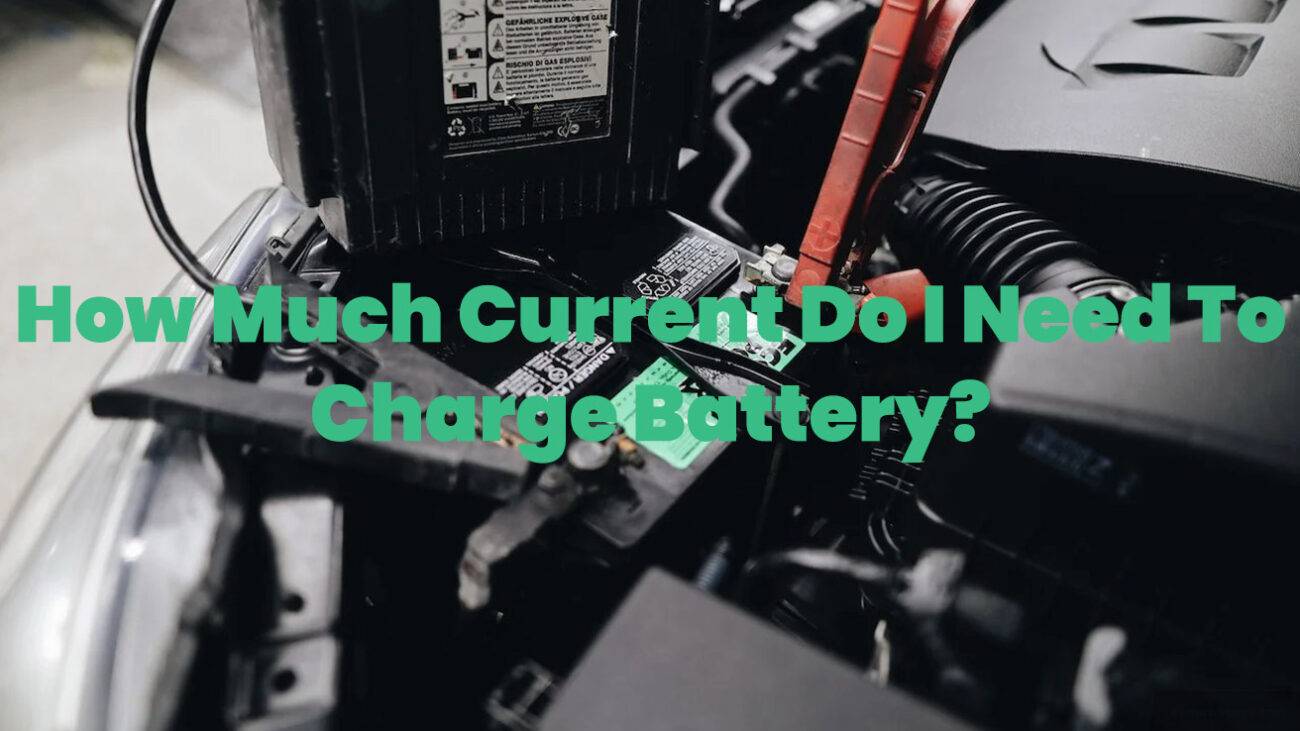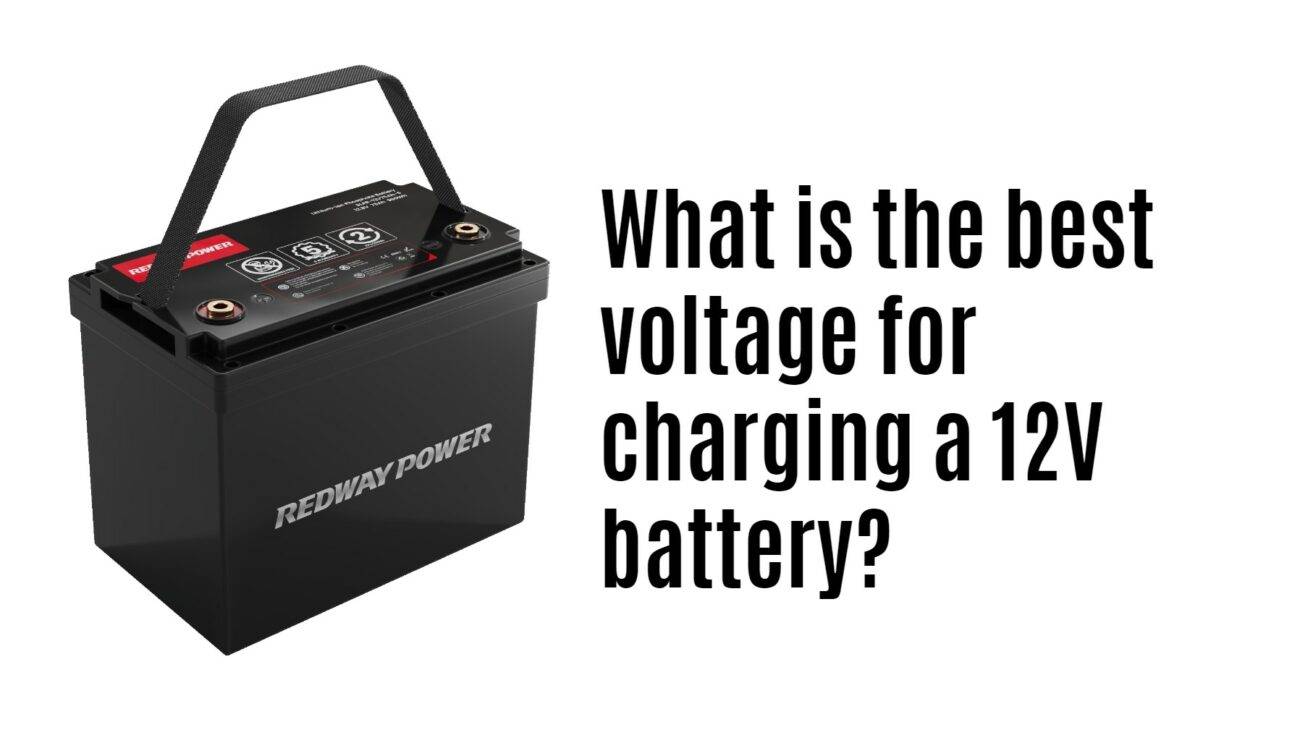- Lithium Golf Cart Battery
- Forklift Lithium Battery
-
48V
- 48V 210Ah
- 48V 300Ah
- 48V 420Ah (949 x 349 x 569 mm)
- 48V 420Ah (950 x 421 x 450 mm)
- 48V 456Ah
- 48V 460Ah (830 x 630 x 590 mm)
- 48V 460Ah (950 x 421 x 450 mm)
- 48V 460Ah (800 x 630 x 600 mm)
- 48V 460Ah (820 x 660 x 470 mm)
- 48V 500Ah
- 48V 560Ah (810 x 630 x 600 mm)
- 48V 560Ah (950 x 592 x 450 mm)
- 48V 600Ah
- 48V 630Ah
-
48V
- 12V Lithium Battery
12V 150Ah Lithium RV Battery
Bluetooth App | BCI Group 31
LiFePO4 Lithium
Discharge Temperature -20°C ~ 65°C
Fast Charger 14.6V 50A
Solar MPPT Charging - 24V Lithium Battery
- 36V Lithium Battery
- 48V Lithium Battery
-
48V LiFePO4 Battery
- 48V 50Ah
- 48V 50Ah (for Golf Carts)
- 48V 60Ah (8D)
- 48V 100Ah (8D)
- 48V 100Ah
- 48V 100Ah (Discharge 100A for Golf Carts)
- 48V 100Ah (Discharge 150A for Golf Carts)
- 48V 100Ah (Discharge 200A for Golf Carts)
- 48V 150Ah (for Golf Carts)
- 48V 160Ah (Discharge 100A for Golf Carts)
- 48V 160Ah (Discharge 160A for Golf Carts)
-
48V LiFePO4 Battery
- 60V Lithium Battery
-
60V LiFePO4 Battery
- 60V 20Ah
- 60V 30Ah
- 60V 50Ah
- 60V 50Ah (Small Size / Side Terminal)
- 60V 100Ah (for Electric Motocycle, Electric Scooter, LSV, AGV)
- 60V 100Ah (for Forklift, AGV, Electric Scooter, Sweeper)
- 60V 150Ah (E-Motocycle / E-Scooter / E-Tricycle / Tour LSV)
- 60V 200Ah (for Forklift, AGV, Electric Scooter, Sweeper)
-
60V LiFePO4 Battery
- 72V~96V Lithium Battery
- Rack-mounted Lithium Battery
- E-Bike Battery
- All-in-One Home-ESS
- Wall-mount Battery ESS
-
Home-ESS Lithium Battery PowerWall
- 24V 100Ah 2.4kWh PW24100-S PowerWall
- 48V 50Ah 2.4kWh PW4850-S PowerWall
- 48V 50Ah 2.56kWh PW5150-S PowerWall
- 48V 100Ah 5.12kWh PW51100-F PowerWall (IP65)
- 48V 100Ah 5.12kWh PW51100-S PowerWall
- 48V 100Ah 5.12kWh PW51100-H PowerWall
- 48V 200Ah 10kWh PW51200-H PowerWall
- 48V 300Ah 15kWh PW51300-H PowerWall
PowerWall 51.2V 100Ah LiFePO4 Lithium Battery
Highly popular in Asia and Eastern Europe.
CE Certification | Home-ESS -
Home-ESS Lithium Battery PowerWall
- Portable Power Stations
How to Charge a 12V Lead Acid Battery Effectively

Charging a 12V lead acid battery requires specific techniques to ensure optimal performance and longevity. The most common methods include constant voltage charging and three-stage charging, which help maintain the battery’s health while providing efficient power restoration. Understanding these methods can enhance the lifespan and reliability of your battery.
What Are the Common Methods for Charging a 12V Lead Acid Battery?
Several effective methods exist for charging a 12V lead acid battery, including:
- Constant Voltage Charging: This method applies a steady voltage to the battery terminals.
- Constant Current Charging: Maintains a uniform current while allowing the voltage to rise.
- Three-Stage Charging: Combines constant current and constant voltage methods for optimal charging.
Overview of Charging Methods
| Method | Description |
|---|---|
| Constant Voltage | Maintains a fixed voltage during charging |
| Constant Current | Supplies a consistent current, allowing voltage to rise |
| Three-Stage Charging | Incorporates bulk, absorption, and float stages |
How Do You Perform Constant Voltage Charging?
Constant voltage charging is widely used for sealed lead acid batteries. The charger applies a voltage of approximately 2.30 to 2.45 volts per cell (or about 13.8 to 14.7 volts for a 12V battery) until the battery reaches full charge.
Steps for Constant Voltage Charging
- Connect Charger: Attach the charger to the battery terminals.
- Set Voltage: Adjust the charger to deliver the appropriate voltage.
- Monitor Charge: Observe the current; it should gradually decrease as the battery charges.
- Disconnect: Once the current stabilizes at a low level, disconnect the charger.
Chart: Constant Voltage Charging Process
| Step | Action |
|---|---|
| Connection | Attach charger to battery terminals |
| Voltage Setting | Set charger to 2.30 – 2.45 V per cell |
| Monitoring | Watch for current drop during charging |
| Completion | Disconnect when current stabilizes |
What is Three-Stage Charging and How Does It Work?
Three-stage charging is an efficient method that maximizes battery capacity while minimizing overcharging risks. It consists of three phases: bulk charge, absorption charge, and float charge.
Phases of Three-Stage Charging
- Bulk Charge: The charger applies constant current until the battery reaches approximately 70-80% capacity.
- Absorption Charge: The charger maintains a constant voltage while allowing the current to taper off until fully charged.
- Float Charge: The charger reduces the voltage to maintain the battery at full charge without overcharging.
Chart: Three-Stage Charging Breakdown
| Stage | Description |
|---|---|
| Bulk Charge | Constant current until 70-80% capacity |
| Absorption Charge | Constant voltage until fully charged |
| Float Charge | Lower voltage maintains full charge |
Why is Proper Charging Important for Lead Acid Batteries?
Proper charging techniques are crucial for maintaining lead acid batteries’ health and longevity. Incorrect charging can lead to sulfation, reduced capacity, and even battery failure.
Benefits of Proper Charging
- Extended Lifespan: Correct charging practices can significantly prolong battery life.
- Improved Performance: Ensures that the battery operates at its optimal capacity.
- Safety: Reduces risks associated with overcharging or overheating.
How Can You Avoid Common Charging Mistakes?
Avoiding common mistakes during charging can prevent damage and enhance performance:
- Overcharging: Always monitor voltage levels; overcharging can lead to gassing and electrolyte loss.
- Undercharging: Failing to fully charge can cause sulfation, reducing capacity.
- Incorrect Charger Settings: Use chargers designed specifically for lead acid batteries.
Common Mistakes Overview
| Mistake | Consequence |
|---|---|
| Overcharging | Gassing and electrolyte loss |
| Undercharging | Sulfation and reduced capacity |
| Incorrect Settings | Ineffective charging or damage |
What Are Some Best Practices for Maintaining Lead Acid Batteries?
Implementing best practices can help maintain lead acid batteries effectively:
- Regular Inspections: Check for physical damage or corrosion on terminals.
- Watering (for flooded types): Ensure electrolyte levels are adequate; refill with distilled water as needed.
- Proper Storage: Store batteries in cool, dry places when not in use.
Maintenance Checklist
| Task | Frequency |
|---|---|
| Inspect for damage | Monthly |
| Check electrolyte levels (flooded) | Monthly |
| Clean terminals | Every few months |
Industrial News
Recent developments in lead acid battery technology focus on enhancing charging efficiency and lifespan through advanced chargers that utilize smart technology to monitor battery health in real-time. These innovations aim to reduce maintenance needs while improving overall performance in various applications, including renewable energy storage and electric vehicles.
Redway Power Expert Views
“Understanding how to properly charge and maintain lead acid batteries is essential for maximizing their lifespan,” states an expert from Redway Power. “Adopting best practices not only enhances performance but also ensures safety during operation.”
FAQ Section
Q1: How long does it take to charge a 12V lead acid battery?
Charging time varies but typically takes between 8 to 16 hours depending on the method used and the state of discharge.Q2: Can I use any charger for my lead acid battery?
No, it is essential to use a charger specifically designed for lead acid batteries to avoid damage.Q3: What happens if I overcharge my lead acid battery?
Overcharging can cause gassing, leading to electrolyte loss and potential damage to the battery.By understanding how to effectively charge a 12V lead acid battery using proper techniques like constant voltage and three-stage charging, users can enhance their batteries’ performance, safety, and longevity across various applications.
























